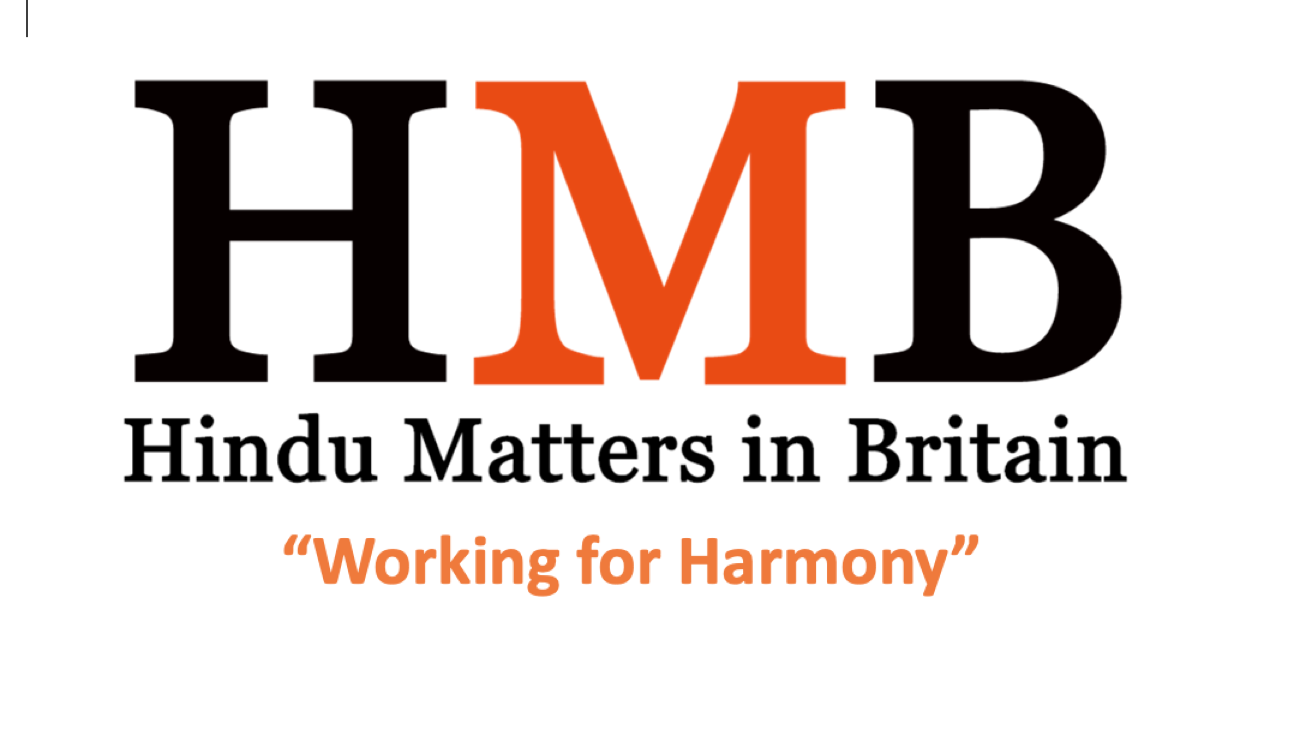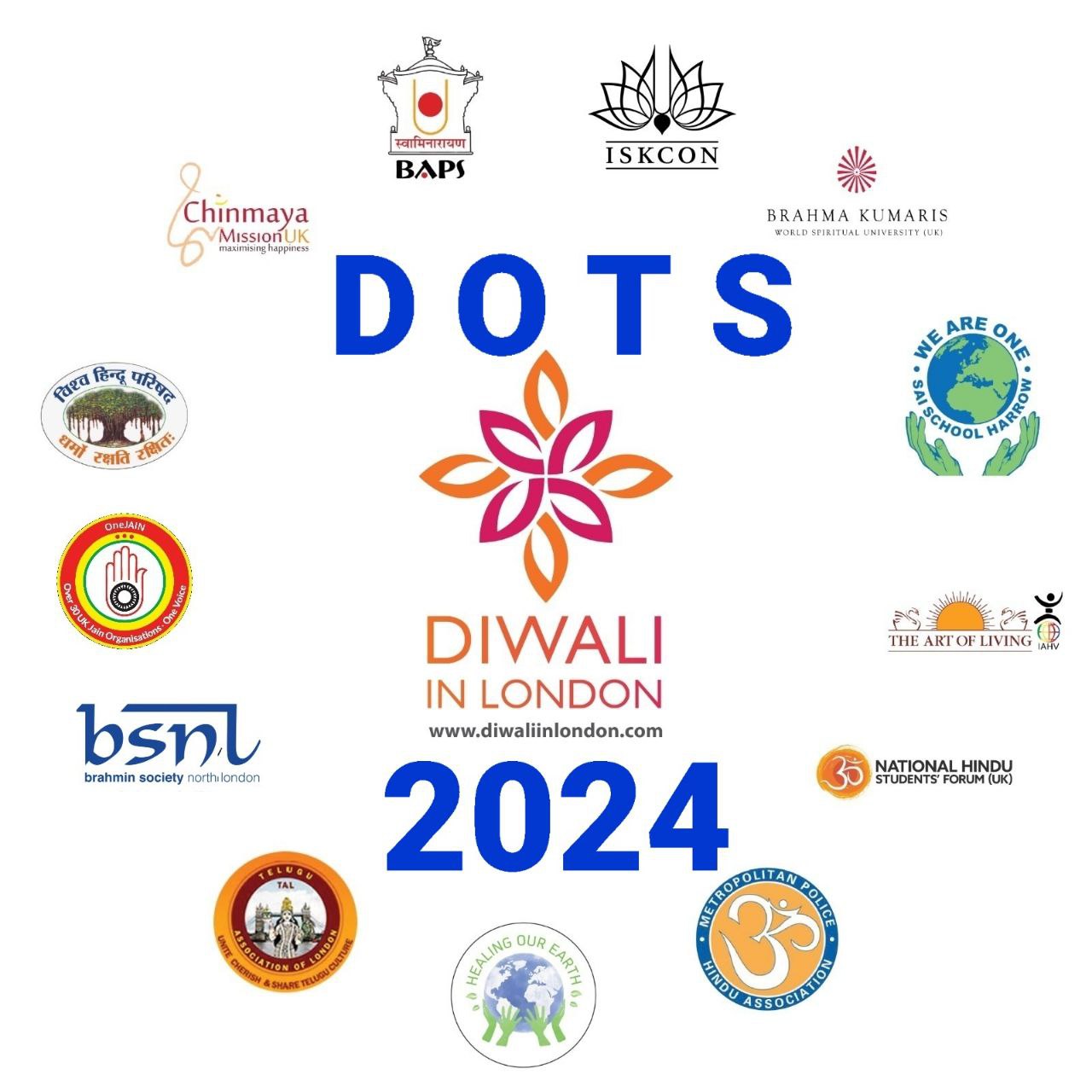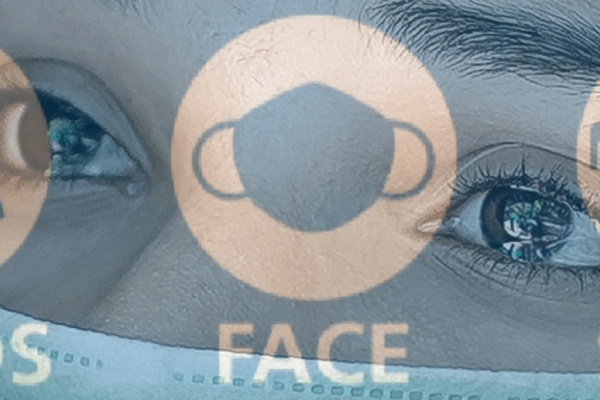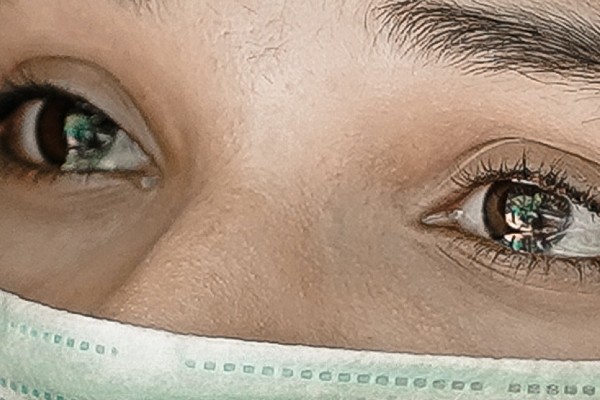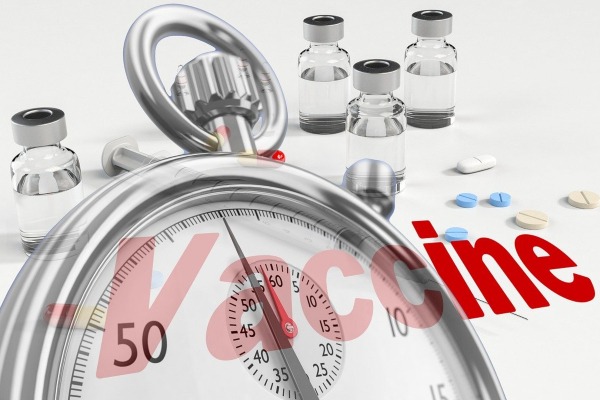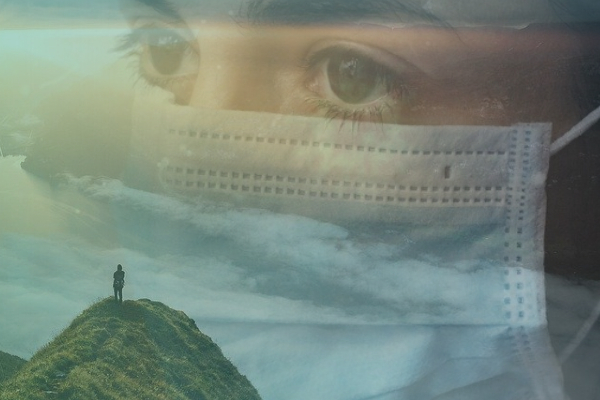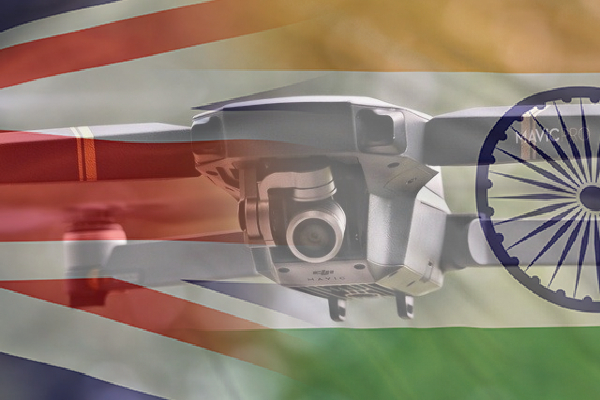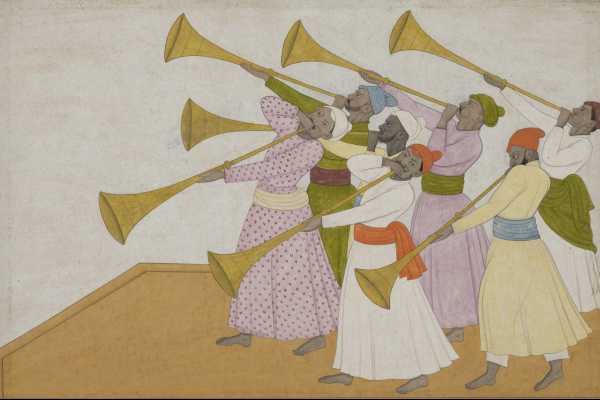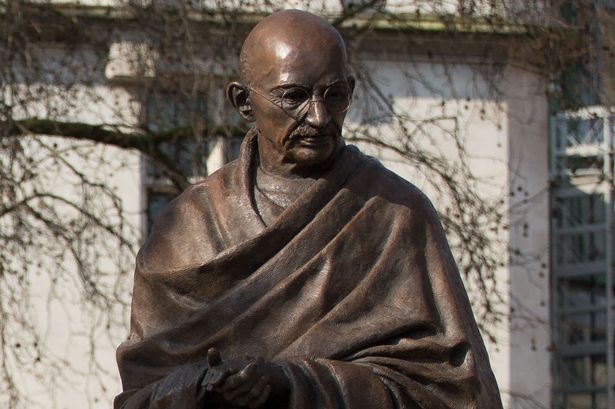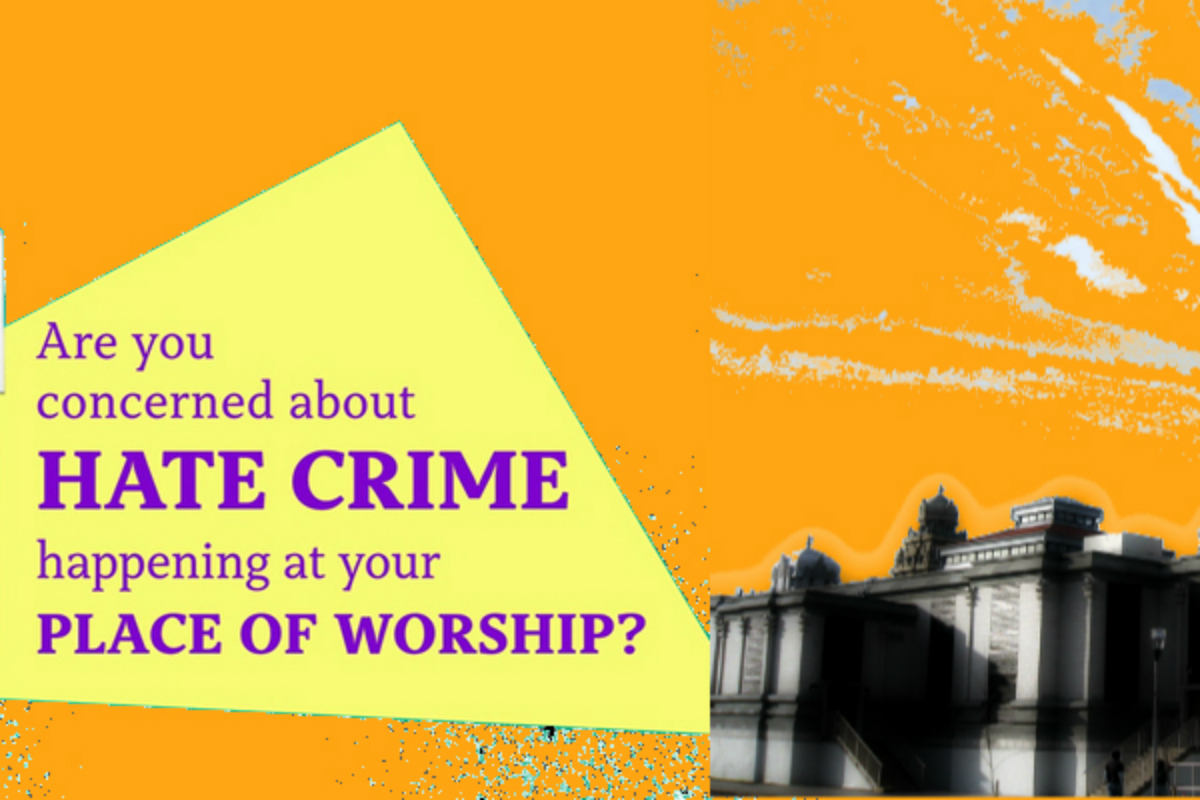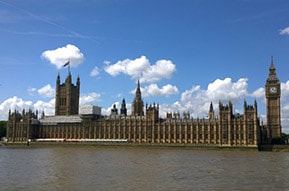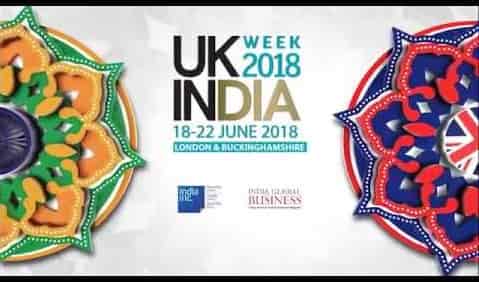The Coronavirus Jigsaw Puzzle
The reasons behind why ethnic minorities are suffering greater losses over COVID than the white population continues. It is also getting more confusing as there is so much speculation, yet less clarity as to what it all means and what extra steps should BAME communities take to fight the dreaded disease.
So, what do we know that can help with fitting the pieces to the jigsaw puzzle?
According to the Office of National Statistics (ONS), between March and May 2020, London had the highest age-standardised mortality rate with 137.6 deaths involving COVID-19 per 100,000 persons; this was statistically significantly higher than any other region in England and more than a third higher than the region with the next highest rate. London’s has an ethnic population of over 45%.
Nine of the ten local authorities with the highest age-standardised mortality rates for deaths involving COVID-19 over this period were London Boroughs; Brent had the highest overall age-standardised rate with 210.9 deaths per 100,000 population, followed by Newham (196.8 deaths per 100,000 population) and Hackney (189 deaths per 100,000 population). (ONS). The majority of the authorities mentioned in the report suggest significant-high ethnic populations.
People living in more deprived areas have continued to experience COVID-19 mortality rates more than double those living in less deprived areas. General mortality rates are normally higher in more deprived areas, but COVID-19 appears to be increasing this effect. Traditionally, some of the ethnic communities disproportionately poorer than white communities.
Black and Bangladeshi communities are twice likely to be at risk compared to the white community. While people of Chinese, Indian, Pakistani, other Asian, and other black ethnicity had between 10 and 50% higher risk of death when compared to white British.
Death rates were found to be higher for black and Asian ethnic groups compared to white ethnic groups. Campaigners have called for immediate action in areas such as housing and jobs to reduce inequalities.
According to a Public Health England report, racism and social inequality put ethnic minorities at a greater risk of contracting and dying from the disease. The report suggests historical racism could mean people are discriminated against when it comes to personal protective equipment (PPE).
According to the report, these factors result in people from BAME backgrounds being less likely to seek care or demand better protection. BAME staff account for 60% of Covid-19 health worker deaths.
Dr Chaand Nagpaul, council chair at the British Medical Association (BMA), said the release of the recommendations should be followed by “urgent and tangible action” with timescales established on when they will be implemented.
“This pandemic has brought to sharp focus the longstanding inequalities affecting BAME communities in this country, with greater numbers of people from a BAME background living in deprived areas and overcrowded housing, and a higher proportion as key workers that exposed them to the virus and who were often not provided with necessary protections,” he said.
One of the possibilities is that Vitamin D could be a key factor why ethnic minorities are disproportionately affected. Vitamin D is the nutrient mainly absorbed from the sunshine. It is known that people with dark skin, with genetic roots in hot countries - such as those of African, African-Caribbean or south Asian origin - will need to spend longer in the sun in milder climates to produce the same amount of vitamin D as someone with lighter skin would.
People in care homes, who may not be spending much time outside, and people in Northern areas - which get less sunshine - are also at greater risk of being deprived of Vitamin D. Care homes have been badly hit by the pandemic - and North West England has been a pandemic hotspot.
In a study led by Professor Adrian Martineau of Respiratory Medicine and Immunity Department, Queen Mary University, London, he argues that Vitamin D does boost the immune system, can 'dampen inflammation', and that there's 'circumstantial evidence' it can help with a respiratory infection. The ability of cells to kill and resist viruses and simultaneously dampens harmful inflammation, which is one of the major problems of the sickest people with Covid-19.
He notes that the virus took hold when 'Vitamin D levels were at their very lowest at the end of Spring', adding: "It may not be a coincidence. Some studies have associated low Vitamin D with the worst outcomes of COVID."
Obesity, diabetes, hypertension etc have all been mentioned as the causes. According to Professor Martineau. It could be that obesity is the primary problem with more adipose (fat) tissue becoming inflamed leading to cytokinesis (which happens in the most seriously ill coronavirus patients as their body's immune system overreacts). People who are obese can be more prone to low Vitamin D, like people living in institutions such as care homes where they don't get outdoors much, or people of BAME heritage. But there's no guarantee the mortality outcomes can be explained as simply as that - which is why more research is needed.
However, in another study published in the Journal of Public Health, variations in cardiometabolic factors, vitamin D levels and socioeconomic or behavioural factors do not adequately explain why severe COVID-19 disproportionately affects ethnic minorities. So, we are still nowhere closer to adequate explanations.
Where does live us?
For now, we will have to rely on the PHE report and see how many of the recommendations are followed. If we follow previous reports relating to ethnic communities, it will be surprising we get very far. But who knows COVID-19 may have changed everything? The report said the unequal impact may be explained by social and economic inequalities, racism, discrimination and stigma, differing risks at work and inequalities in the prevalence of conditions such as obesity, diabetes, hypertension and asthma, which can increase the severity of Covid-19.
The report recommends:
- Better data collection about ethnicity and religion, including having this recorded on death certificates to accurately monitor the impact on these communities
- Supporting further research with the participation of ethnic minority communities to understand the increased risk and develop programmes to reduce it
- Improving BAME groups' access to, experiences of and outcomes from NHS and other services - using audits, health impact assessments and better representation of black and minority ethnic communities among staff
- Developing risk assessments for black, Asian and minority ethnic workers in roles where they are exposed to a large section of the general public or those infected with the virus
- Producing culturally sensitive education and prevention campaigns to rebuild trust and help communities access services such as contact tracing, antibody testing and a future vaccine
- Targeting ethnic minority groups with culturally sensitive health messages to address conditions such as diabetes, high blood pressure and asthma
- Ensuring that Covid-19 recovery strategies actively address inequalities to create long-term change
